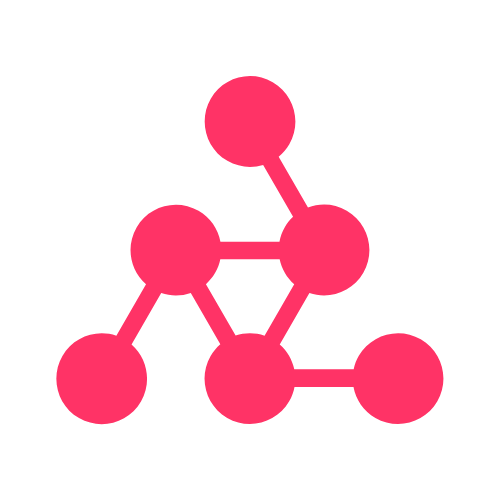Introduction
The world of electronics is entering a new era where devices are becoming smaller, faster, and more energy-efficient than ever before. At the heart of this transformation lies nanotechnology the science of manipulating materials at the atomic and molecular level. By working with structures as small as one-billionth of a meter, scientists and engineers are unlocking innovations that are redefining modern electronics. From ultra-fast processors to flexible displays, nanotechnology is the foundation of next-generation electronic systems.
Table of Contents
What Is Nanotechnology?
Nanotechnology involves studying and controlling matter on a nanometer scale. At this level, materials exhibit unique physical and chemical properties that differ from their larger counterparts. For example, nanoparticles can conduct electricity more efficiently or become stronger without adding bulk. This allows electronic components to be made smaller and more powerful, leading to advancements in computing, sensors, and communication devices.
Semiconductor Manufacturing
One of the most significant applications of nanotechnology is in the semiconductor industry. Modern processors used in smartphones, computers, and AI systems rely on nanoscale transistors — switches that control the flow of electricity. The smaller these transistors become, the more can fit into a single chip, improving performance and efficiency. Companies like Intel, Samsung, and TSMC are already producing chips using processes as small as three nanometers, enabling faster computing speeds and lower power consumption.
The Rise of Nanoelectronics
Nanoelectronics focuses on developing electronic components and systems that utilize nanoscale materials. Carbon nanotubes and graphene are two of the most promising materials in this field.
- Graphene is a single layer of carbon atoms arranged in a hexagonal lattice, known for its exceptional strength, conductivity, and flexibility.
- Carbon nanotubes are being used to create transistors that are smaller and faster than traditional silicon-based components.
These materials enable the development of flexible screens, transparent circuits, and wearable electronics redefining how technology interacts with the physical world.
Energy Efficiency and Battery Innovation
Nanotechnology is also transforming how devices store and manage energy. Nanomaterials are being used to develop batteries with higher capacities and faster charging times. Nanostructured electrodes can increase the surface area available for energy storage, resulting in batteries that last longer and charge more quickly. This is particularly important for electric vehicles, smartphones, and IoT devices that require compact yet powerful batteries.
Flexible and Wearable Electronics
By integrating nanoscale materials into fabrics and plastics, researchers can create flexible and wearable electronics. These devices can bend, stretch, and conform to the human body. Examples include:
- Smart patches for health monitoring
- Clothing that tracks body temperature or heart rate
- Foldable phones and rollable displays
Nanotechnology allows electronics to become more integrated into our daily lives, combining comfort, style, and functionality.
Nanotechnology in Display Technology
Next-generation displays are also benefiting from nanoscience. Quantum dots, which are nanosized semiconductor particles, are used in television and smartphone screens to produce brighter colors and higher contrast while consuming less energy. This technology is paving the way for transparent, foldable, and energy-efficient displays that will soon become mainstream in consumer electronics.
Challenges and Ethical Considerations
Despite its promise, nanotechnology faces challenges such as high production costs and complex manufacturing processes. Moreover, nanoparticles may pose environmental or health risks if not managed properly. Ongoing research focuses on creating safer manufacturing practices and establishing global standards for nanomaterial handling and disposal.
Future of Nanotechnology in Electronics
The future is incredibly promising. Nanotechnology will play a major role in fields like quantum computing, bioelectronics, and smart materials. As it merges with AI and machine learning, nanotechnology will enable devices that can self-optimize and adapt in real time, revolutionizing performance and efficiency.
Conclusion
Nanotechnology is shaping the next generation of electronics by pushing the limits of miniaturization, speed, and efficiency. From nanoscale processors to graphene-based circuits, the technology is creating a future where devices are smaller, faster, and smarter than ever before. As innovation continues, nanotechnology will remain at the heart of electronic evolution, powering a more connected and sustainable world. Also Check Future of Workspaces – Comprehensive Guide – 2025







1 thought on “Role of Nanotechnology – Ultimate Guide 2025”